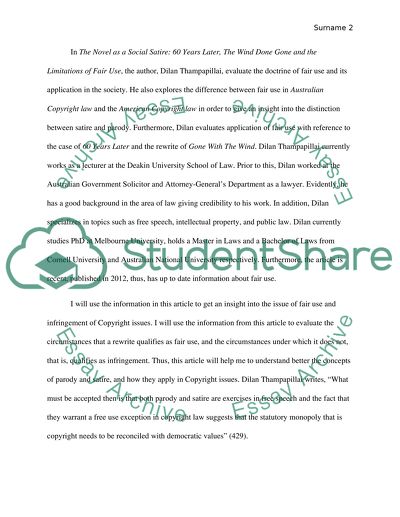Cite this document
(“Gone With The Wind Research Paper Example | Topics and Well Written Essays - 1250 words”, n.d.)
Retrieved from https://studentshare.org/english/1490037-gone-with-the-wind
Retrieved from https://studentshare.org/english/1490037-gone-with-the-wind
(Gone With The Wind Research Paper Example | Topics and Well Written Essays - 1250 Words)
https://studentshare.org/english/1490037-gone-with-the-wind.
https://studentshare.org/english/1490037-gone-with-the-wind.
“Gone With The Wind Research Paper Example | Topics and Well Written Essays - 1250 Words”, n.d. https://studentshare.org/english/1490037-gone-with-the-wind.


